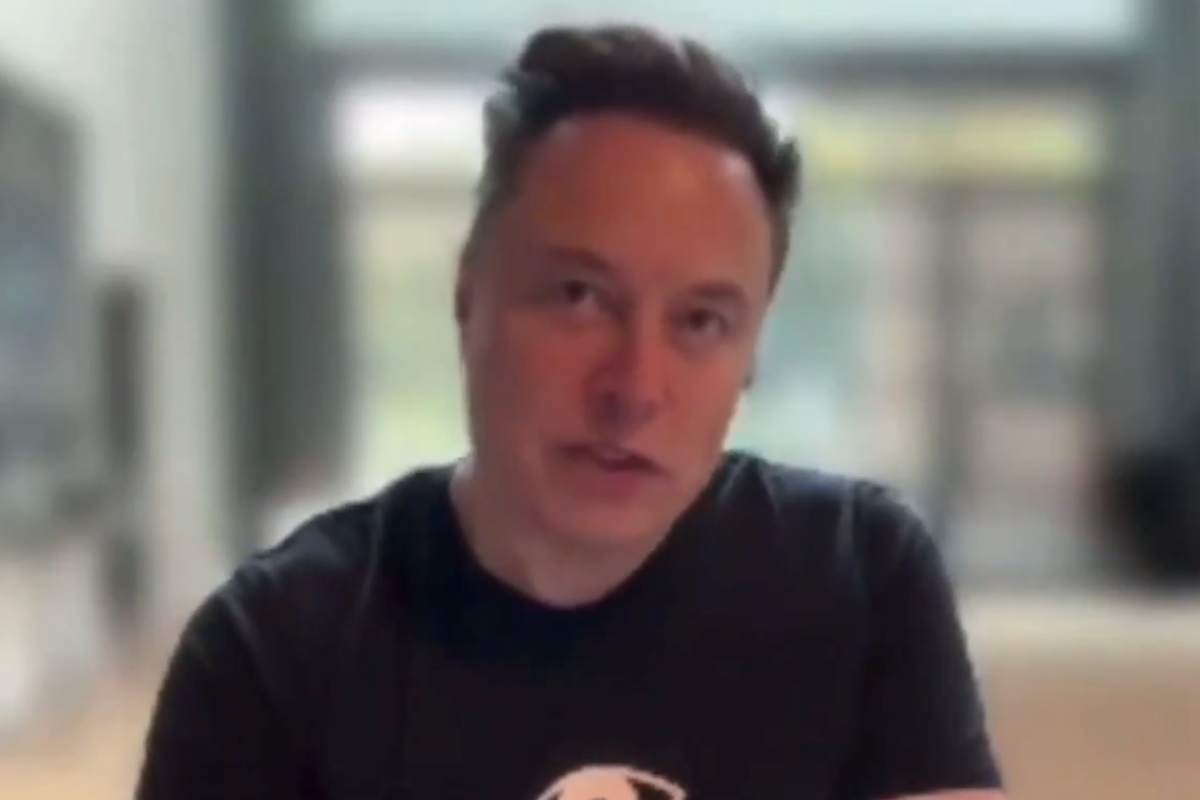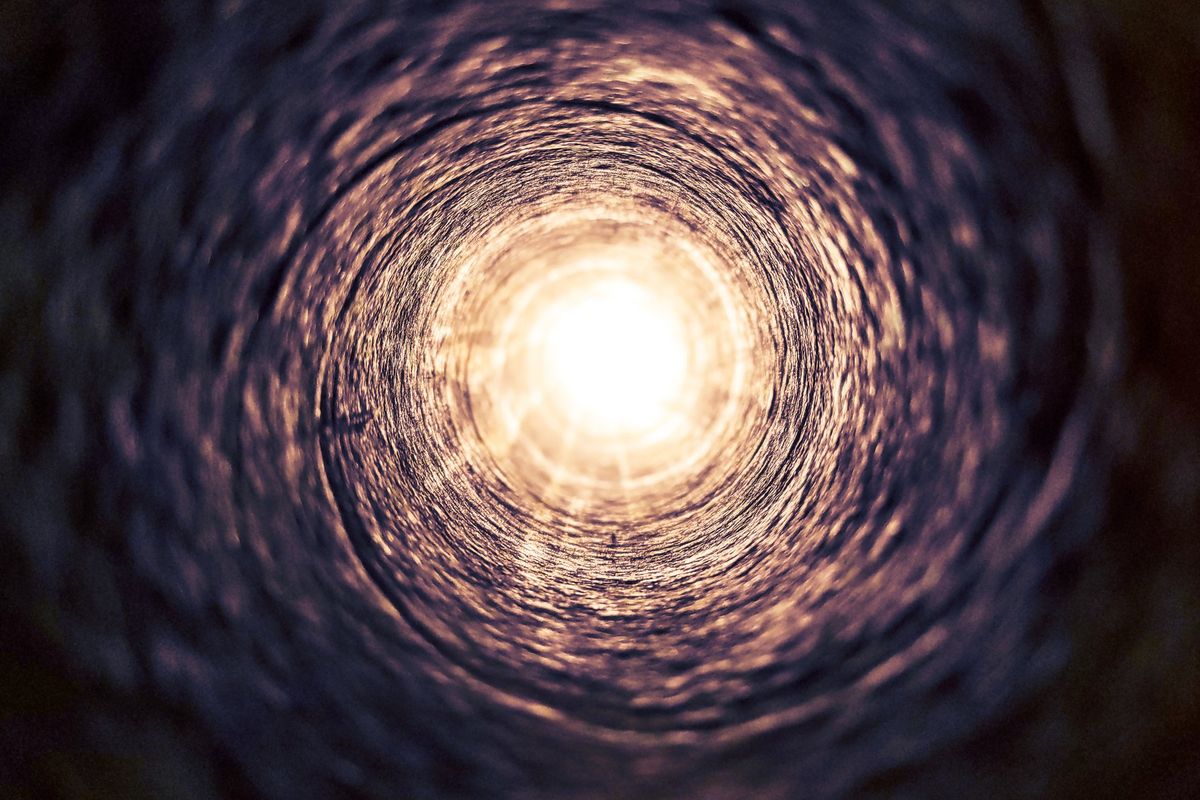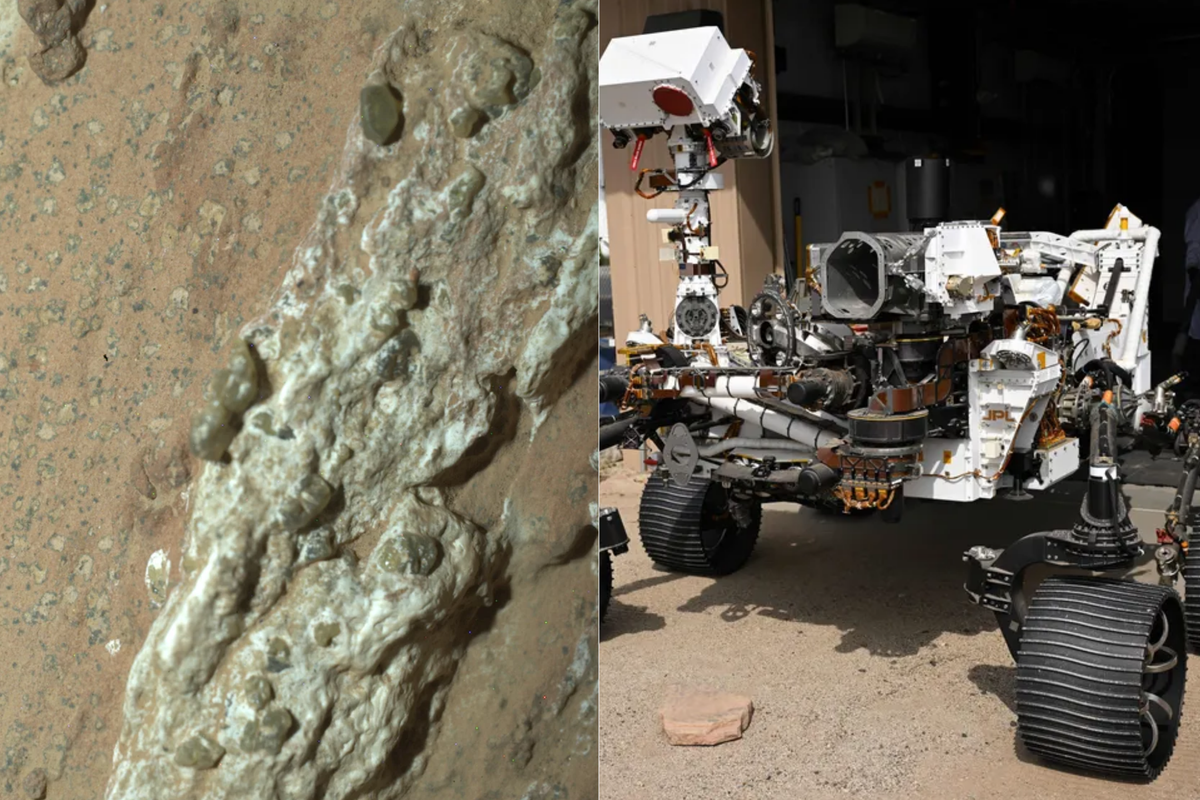Louis Dor
Apr 04, 2017
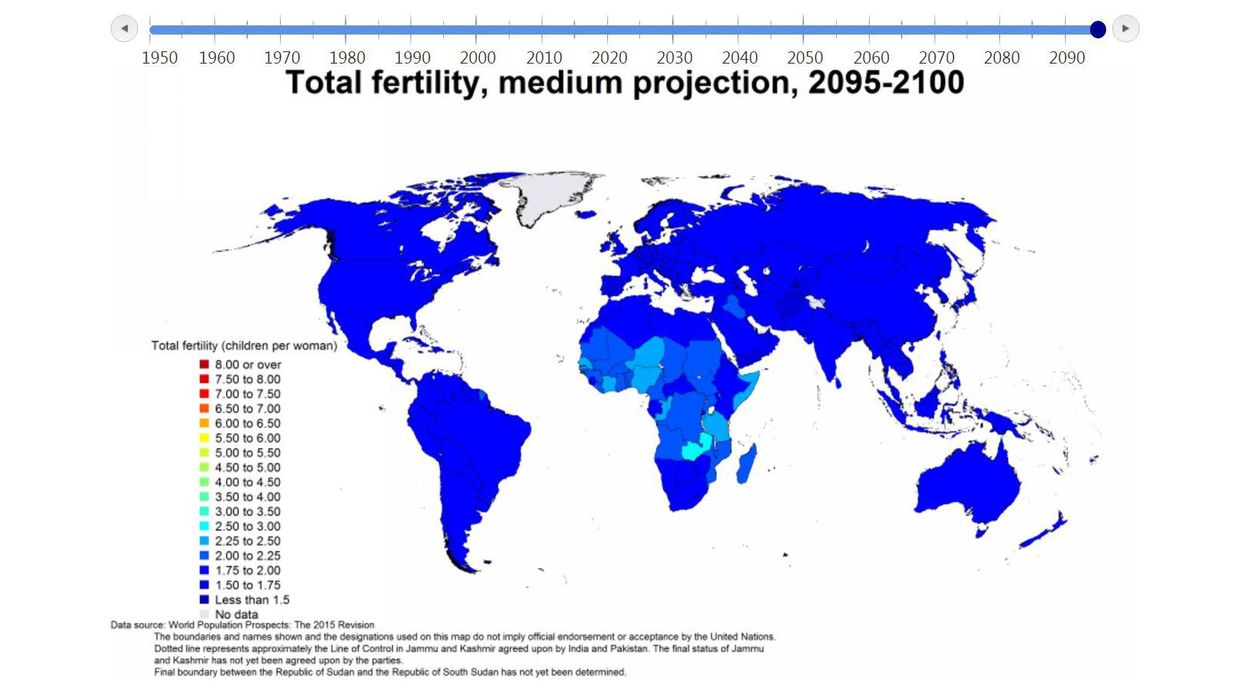
As we've discussed before, the United Nations expects the population to grow to roughly 11.2 billion people by 2100.
Here's how it'll grow:
You'll notice the slowdown in the charts above - Africa fuels much of the population growth in the middle of the century, while developed countries slow down population growth. Many experience population decline.
Here are the projected populations of countries in 2100:
Japan is interesting, as developed nations go. This is because the Japanese population already peaked in 2009 and has since been declining.
This is because the fertility rate has dropped and the population is ageing.
However, this is the beginning of a worldwide trend, according to the United Nations Population Division.
Check out this map of fertility rates by country:
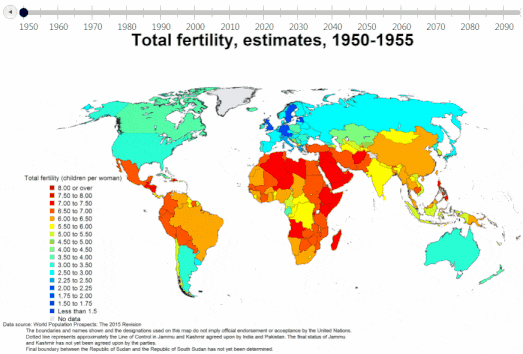
As a result, the United Nations anticipates that the global population could start declining around 2100, if it's not slowing.
This could be due to larger populations leading to less food production and arable land.
In addition, resources being stretched and economic conditions can lead families to prefer to raise fewer children that they can support well.
This poses a problem for economists, politicians and academics who may have to revise models for economies based around population and economic growth.
It raises a question as to whether GDP is an increasingly poor measurement for the wellbeing of a country's population.
More: Here's how the world's population will grow to 11 billion in 2100
Top 100
The Conversation (0)



